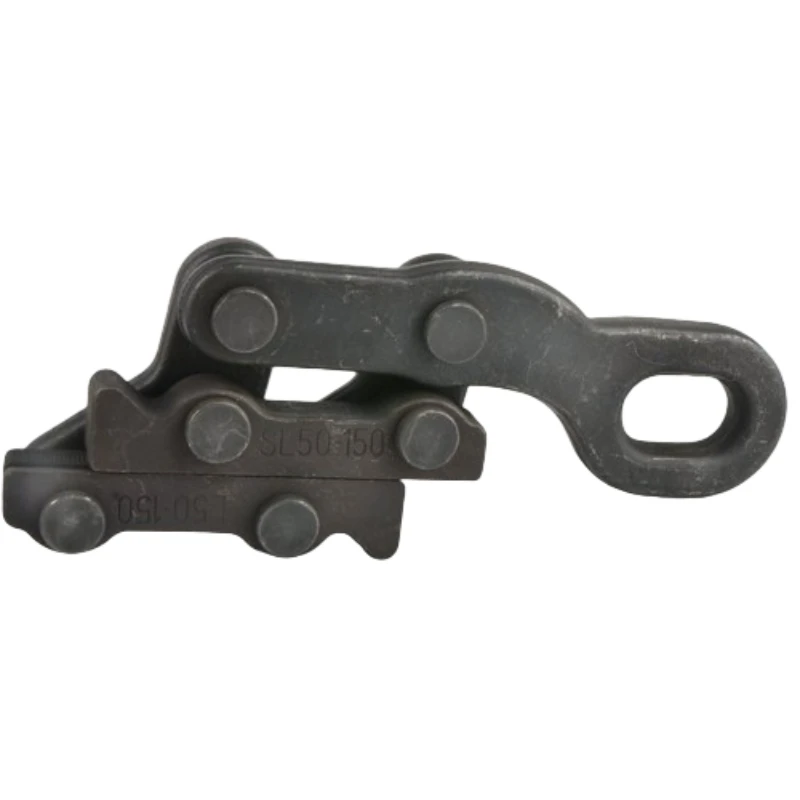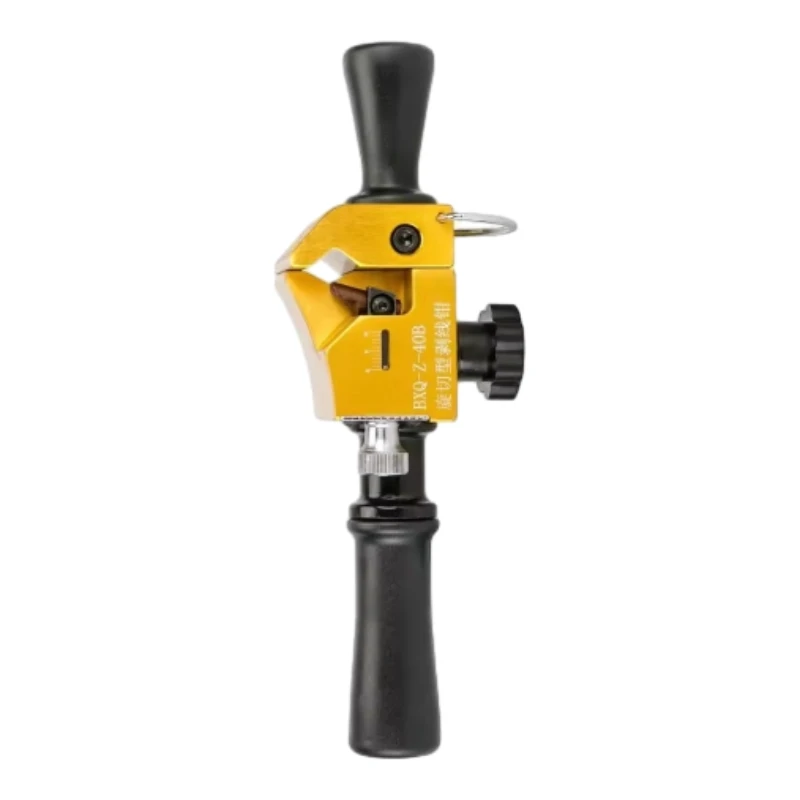
-
 Afrikaans
Afrikaans -
 Albanian
Albanian -
 Amharic
Amharic -
 Arabic
Arabic -
 Armenian
Armenian -
 Azerbaijani
Azerbaijani -
 Basque
Basque -
 Belarusian
Belarusian -
 Bengali
Bengali -
 Bosnian
Bosnian -
 Bulgarian
Bulgarian -
 Catalan
Catalan -
 Cebuano
Cebuano -
 Corsican
Corsican -
 Croatian
Croatian -
 Czech
Czech -
 Danish
Danish -
 Dutch
Dutch -
 English
English -
 Esperanto
Esperanto -
 Estonian
Estonian -
 Finnish
Finnish -
 French
French -
 Frisian
Frisian -
 Galician
Galician -
 Georgian
Georgian -
 German
German -
 Greek
Greek -
 Gujarati
Gujarati -
 Haitian Creole
Haitian Creole -
 hausa
hausa -
 hawaiian
hawaiian -
 Hebrew
Hebrew -
 Hindi
Hindi -
 Miao
Miao -
 Hungarian
Hungarian -
 Icelandic
Icelandic -
 igbo
igbo -
 Indonesian
Indonesian -
 irish
irish -
 Italian
Italian -
 Japanese
Japanese -
 Javanese
Javanese -
 Kannada
Kannada -
 kazakh
kazakh -
 Khmer
Khmer -
 Rwandese
Rwandese -
 Korean
Korean -
 Kurdish
Kurdish -
 Kyrgyz
Kyrgyz -
 Lao
Lao -
 Latin
Latin -
 Latvian
Latvian -
 Lithuanian
Lithuanian -
 Luxembourgish
Luxembourgish -
 Macedonian
Macedonian -
 Malgashi
Malgashi -
 Malay
Malay -
 Malayalam
Malayalam -
 Maltese
Maltese -
 Maori
Maori -
 Marathi
Marathi -
 Mongolian
Mongolian -
 Myanmar
Myanmar -
 Nepali
Nepali -
 Norwegian
Norwegian -
 Norwegian
Norwegian -
 Occitan
Occitan -
 Pashto
Pashto -
 Persian
Persian -
 Polish
Polish -
 Portuguese
Portuguese -
 Punjabi
Punjabi -
 Romanian
Romanian -
 Russian
Russian -
 Samoan
Samoan -
 Scottish Gaelic
Scottish Gaelic -
 Serbian
Serbian -
 Sesotho
Sesotho -
 Shona
Shona -
 Sindhi
Sindhi -
 Sinhala
Sinhala -
 Slovak
Slovak -
 Slovenian
Slovenian -
 Somali
Somali -
 Spanish
Spanish -
 Sundanese
Sundanese -
 Swahili
Swahili -
 Swedish
Swedish -
 Tagalog
Tagalog -
 Tajik
Tajik -
 Tamil
Tamil -
 Tatar
Tatar -
 Telugu
Telugu -
 Thai
Thai -
 Turkish
Turkish -
 Turkmen
Turkmen -
 Ukrainian
Ukrainian -
 Urdu
Urdu -
 Uighur
Uighur -
 Uzbek
Uzbek -
 Vietnamese
Vietnamese -
 Welsh
Welsh -
 Bantu
Bantu -
 Yiddish
Yiddish -
 Yoruba
Yoruba -
 Zulu
Zulu


TEL:
0086-311-88862036
Jan . 22, 2025 02:02 Back to list
cable suspension clamp
Cable suspension clamps play an integral role in the installation and longevity of various cable systems, particularly in telecommunications and power distribution. As a seasoned expert in hardware solutions, my experiences have underscored the significance of choosing the right cable suspension clamps to ensure optimal cable performance and durability.
The authority behind cable suspension clamp manufacturing lies in adhering to international standards and certifications such as ISO and IEC. Companies that manufacture under these guidelines implement strict quality control processes, ensuring the clamps deliver exceptional performance and reliability. From my professional view, partnering with such reputable manufacturers secures not just the product quality, but also builds trust with clients requiring dependable solutions. In terms of trustworthiness, a track record of successful installations speaks volumes. Case studies and real-world applications that highlight the versatility and resilience of these clamps cement their efficacy. I've consulted on projects where the failure of substandard clamps, due to poor design or material choice, led to costly outages and repairs. In contrast, those employing high-quality, correctly specified cable suspension clamps experienced seamless operation, reinforcing the importance of informed purchasing decisions. The future of cable suspension systems lies in innovative technology integration like smart monitoring features that allow real-time performance assessment. This could potentially change the way maintenance schedules are planned, promoting a predictive rather than reactive approach. Some projects I've led explore sensor-equipped clamps that provide data on tension and environmental stresses, heralding a new age in infrastructure monitoring. In conclusion, cable suspension clamps are vital components that ensure the stability and performance of cable systems in varying environments. Their significance is depicted not only in their primary function but also in the advanced design elements and robust materials used in their construction. As technology evolves, so too does the potential for smarter, more efficient suspension systems. Emphasizing the expertise and reliability of these products affirms their role in securing a fortified network, meriting consideration in any infrastructure project.


The authority behind cable suspension clamp manufacturing lies in adhering to international standards and certifications such as ISO and IEC. Companies that manufacture under these guidelines implement strict quality control processes, ensuring the clamps deliver exceptional performance and reliability. From my professional view, partnering with such reputable manufacturers secures not just the product quality, but also builds trust with clients requiring dependable solutions. In terms of trustworthiness, a track record of successful installations speaks volumes. Case studies and real-world applications that highlight the versatility and resilience of these clamps cement their efficacy. I've consulted on projects where the failure of substandard clamps, due to poor design or material choice, led to costly outages and repairs. In contrast, those employing high-quality, correctly specified cable suspension clamps experienced seamless operation, reinforcing the importance of informed purchasing decisions. The future of cable suspension systems lies in innovative technology integration like smart monitoring features that allow real-time performance assessment. This could potentially change the way maintenance schedules are planned, promoting a predictive rather than reactive approach. Some projects I've led explore sensor-equipped clamps that provide data on tension and environmental stresses, heralding a new age in infrastructure monitoring. In conclusion, cable suspension clamps are vital components that ensure the stability and performance of cable systems in varying environments. Their significance is depicted not only in their primary function but also in the advanced design elements and robust materials used in their construction. As technology evolves, so too does the potential for smarter, more efficient suspension systems. Emphasizing the expertise and reliability of these products affirms their role in securing a fortified network, meriting consideration in any infrastructure project.
Next:
Latest news
What Are Construction Tools and How Are They Used?
NewsJul.11,2025
Professional-Grade Duct Rodding Tools for Superior Cable Installation
NewsJul.11,2025
Enhancing Safety and Efficiency with Modern Hot Stick Solutions
NewsJul.11,2025
Empowering Cable Installation with Advanced Rodder Solutions
NewsJul.11,2025
Elevate Your Cable Installation Projects with Cable Pulling Tools
NewsJul.11,2025
Efficient Cable Handling Solutions: Cable Rollers for Sale
NewsJul.11,2025
Copyright © 2025 Shijiazhuang Bilo Import and Export Trading Co., Ltd. All Rights Reserved. Sitemap | Privacy Policy

BlLo lmport & Éxport is specialized in power and cable equipment andconsiruction tools,Qur main producis are FRP
duct rodder, cable rollerscable pulling winch, cable drum jack, cable pulling sock, etc.
Copyright © 2025 Shijiazhuang Bilo Import and Export Trading Co., Ltd. All Rights Reserved. Sitemap | Privacy Policy










